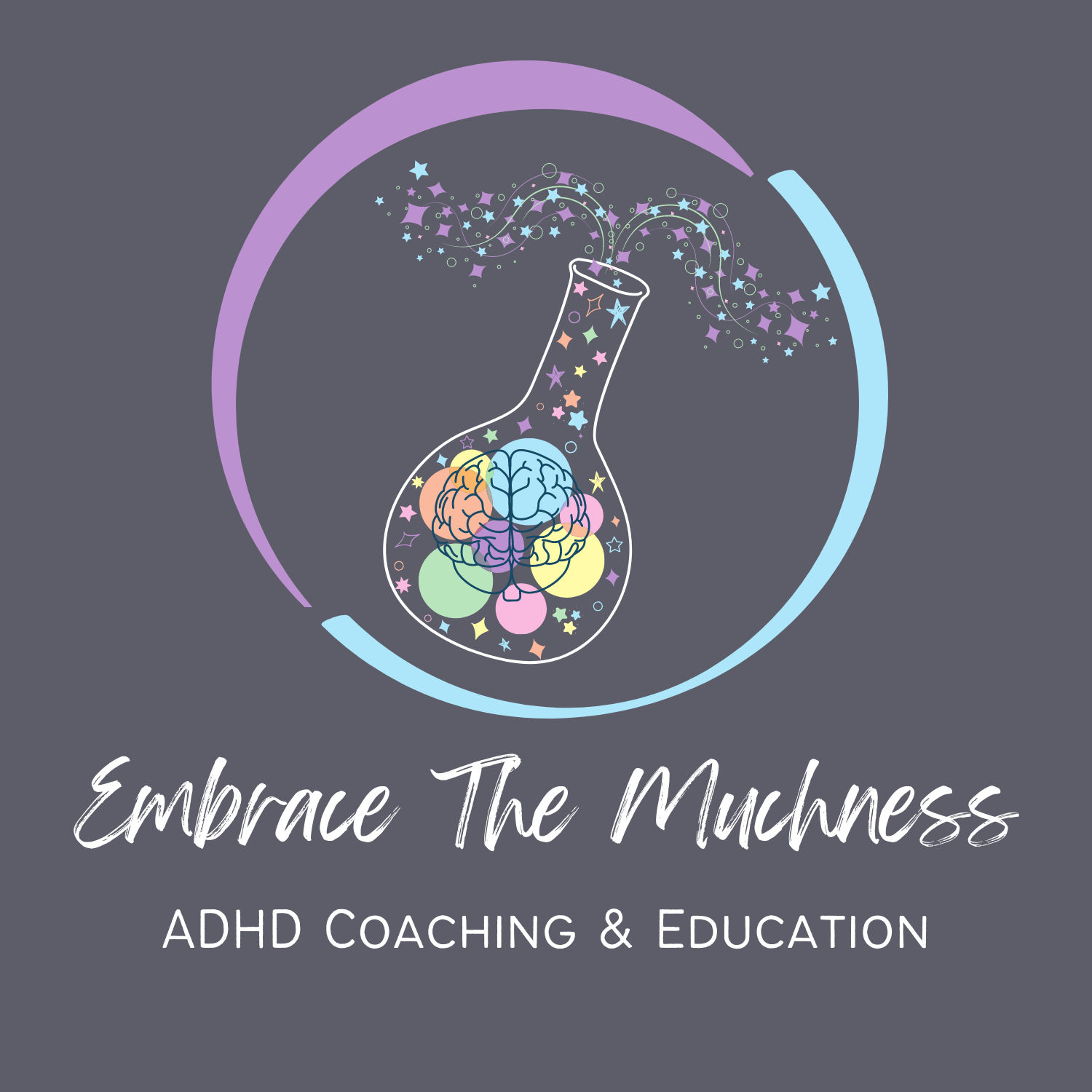What is neurodiversity?
You may have started seeing the term neurodiversity being used more often and might not be sure exactly what that means. Neurodiversity refers to the natural variances of how humans think, act and experience the world. Just as there exists diversity in eye and hair color, we have diversity in how our brains operate as well. The term neurodiversity was coined by Judy Singer, an Australian sociologist, in the late 1990’s. The term came about as Singer was studying the Autistic self-advocacy movements and was looking for a term to represent the idea of neurological diversity as well as to recognize the work of neurological minority rights groups.
So, what is the neurodiversity paradigm? The “neurodiversity paradigm” is a philosophical view that believes that no specific neurotype is best and that the diversity of human brains is natural and valuable. It also acknowledges that the social dynamics around neurodiversity mirror those of other forms of human diversity and that power inequities are often present. This paradigm is in opposition with the medical model of disability which views people as being disabled by their “impairments” or “deficits”. The medical model typically views that absence of defects as the norm and ideal and anything that strays from that as something to be cured, fixed or eliminated. The neurodiversity paradigm embraces the social model of disability. It views that because neurological variation is normal any disability exists is imposed by our society. From this model’s perspective, the solution lies in changing our society to be more accessible, not changing the person. For example, a person with ADHD is not disabled simply because their brain operates differently. The expectations of society that one will be able to sit still, stay on topic and maintain focused attention to only one subject throughout the day are disabling to an ADHDer, since their brain does not work best under those circumstances.
There are many other terms that are helpful to understand as you begin to dive into learning more about neurodiversity. “Neurodivergent” is often used to refer to a person whose brain diverges from the social norm. It’s often shortened to “ND.” This term was coined by Kassiane Asasumasu in 2000. They intended for this term to be used very broadly to include everyone who diverges. The term “neurotypical” is used to describe someone whose brain processing meets current societal norms and is short for neurologically typical. This is often shortened to “NT”.
There’s a number of additional terms which can be helpful to understand as you start down the path of understanding neurodiversity. I’ve created a glossary of terms related to neurodiversity and ADHD as well as lists of acronyms used in this area as a free resource for anyone who signs up for my newsletter. My newsletter shares educational information about ADHD and updates about services and training opportunities. Sign up now to receive a free download of the ADHD/Neurodiversity Glossary!
